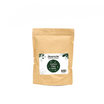Top 10 Plants to Plant in September
for a Beautiful Fall Garden

1. Introduction
2. Why Planting in September is Ideal
3. Top 10 Plants to Plant in September
- Asters
- Ornamental Grasses
- Pansies
- Chrysanthemums
- Kale
- Poppies
- Sedum
- Helenium
- Perennial Sunflowers
- Goldenrod
4. How to Care for Your Fall Garden
5. Conclusion
Introduction
As the summer heat begins to fade and the cooler temperatures of fall approach, many gardeners may think it's too late to plant new flowers and foliage. However, September is actually an ideal time to add some new life to your garden! In this article, we will explore the top 10 plants to plant in September for a beautiful fall garden.
Why Planting in September is Ideal
September is the perfect time to plant because the soil is still warm from the summer months, which encourages strong root growth. Additionally, the cooler temperatures and increased rainfall create optimal conditions for new plants to establish themselves before the winter months. By planting in September, you can enjoy a vibrant and colorful garden well into the fall season.
Top 10 Plants to Plant in September
1. Asters

Asters are a popular choice for fall gardens due to their daisy-like blooms that come in shades of purple, pink, and white. These hardy perennials thrive in full sun and well-drained soil, making them a great addition to any garden.
2. Ornamental Grasses
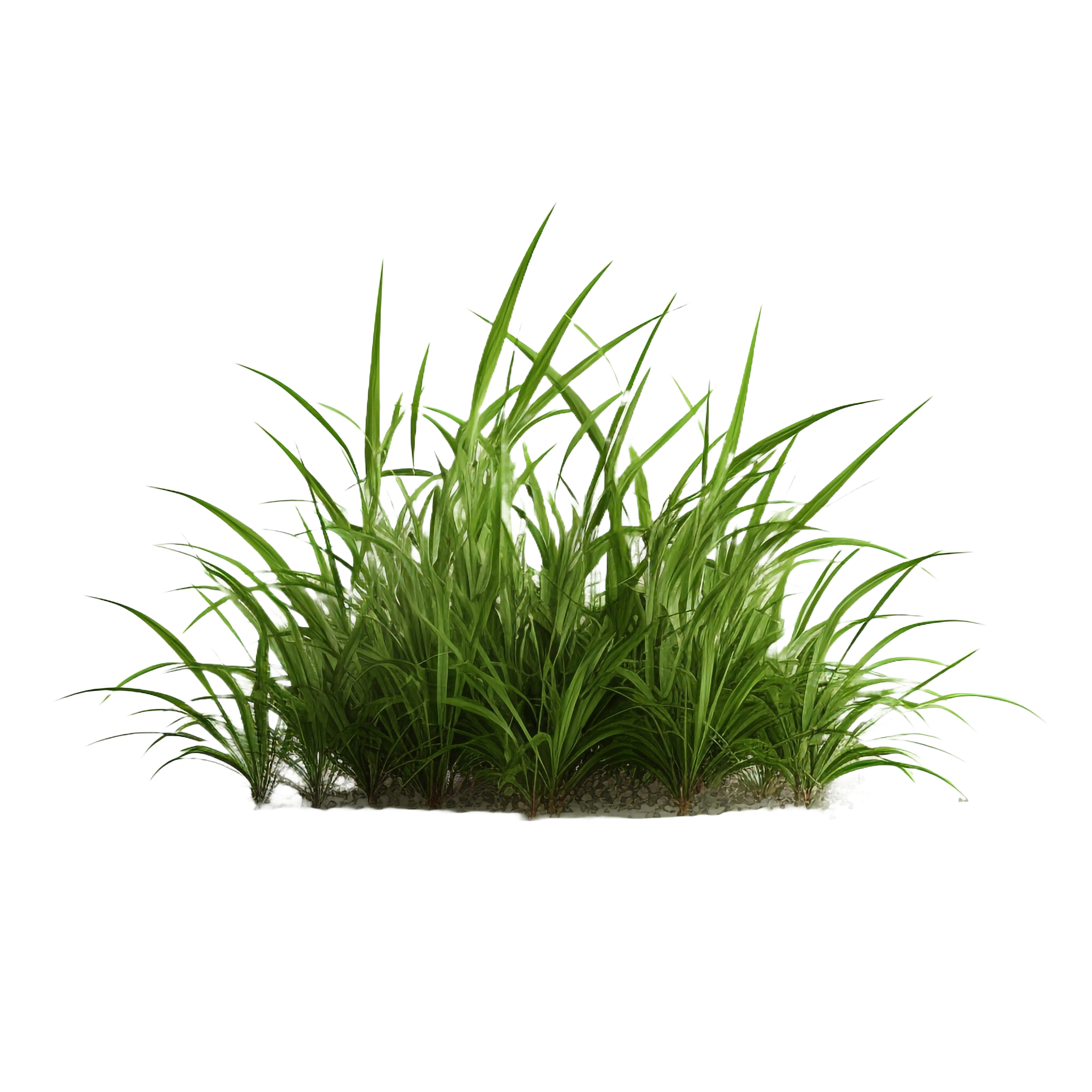
Ornamental grasses add texture and movement to the garden, especially as they sway in the autumn breeze. They come in a variety of heights and colors, such as the feathery plumes of fountain grass or the striking red foliage of Japanese blood grass.
3. Pansies

Pansies are a staple for fall gardens, offering a wide range of colors and patterns to brighten up any space. These cool-season annuals are perfect for planting in containers or borders, and they can even withstand a light frost.
4.Chrysanthemums

Chrysanthemums, or mums, are a classic fall flower known for their bold and vibrant blooms. Available in a range of colors, shapes, and sizes, mums are a must-have for adding a pop of color to your autumn garden.
5. Kale
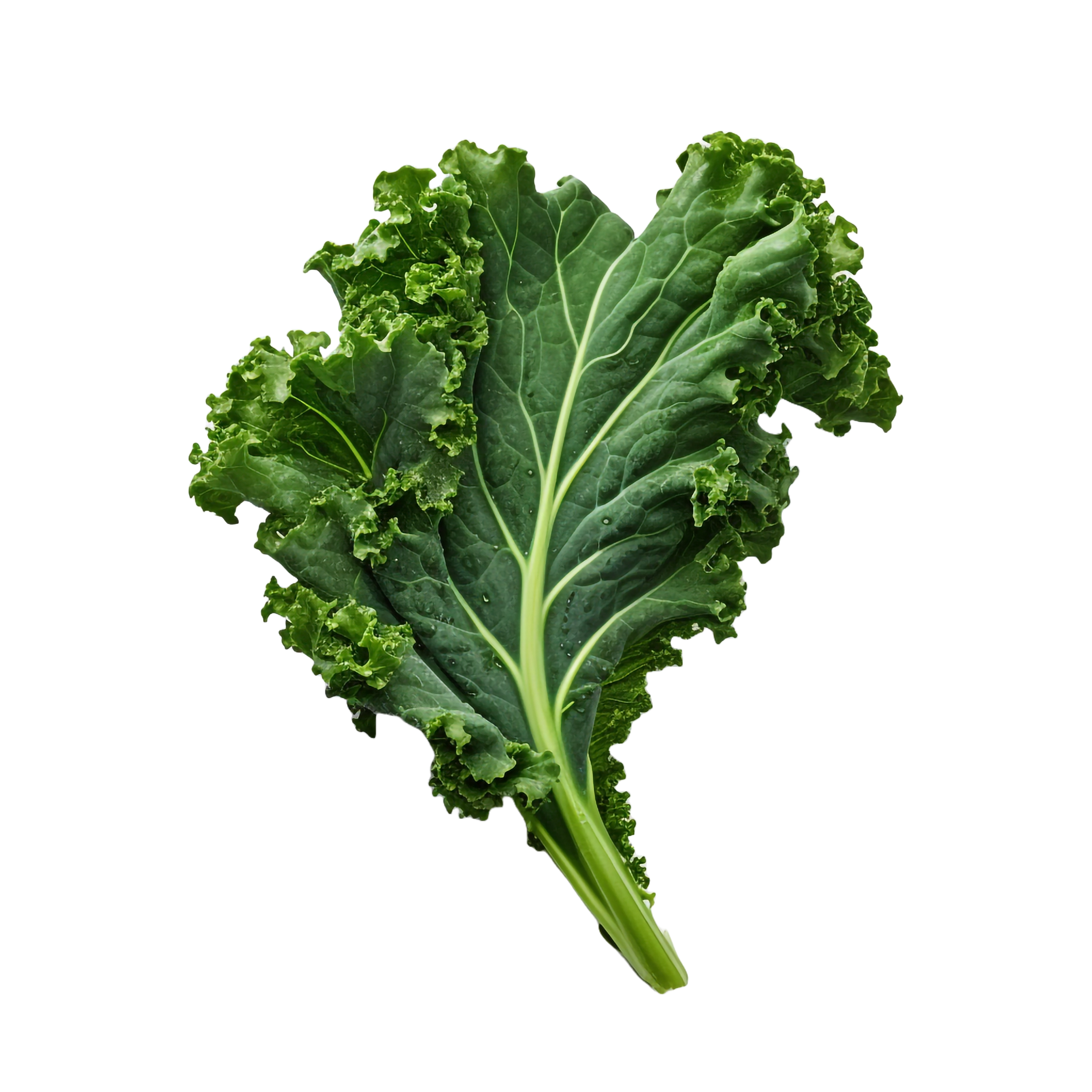
Ornamental kale is not only beautiful with its frilly leaves and striking colors, but it also thrives in the cooler temperatures of fall. This edible plant adds a unique touch to any garden bed or container.
6. Poppies

Poppies are known for their delicate, papery blooms that come in shades of red, orange, and pink. These self-seeding annuals are easy to grow and can add a charming, cottage garden feel to your fall landscape.
7. Sedum

Sedum, also known as stonecrop, is a low-maintenance perennial that offers succulent foliage and late-season blooms. This drought-tolerant plant is perfect for adding interest to rock gardens or as a ground cover.
8. Helenium

Helenium, or sneezeweed, is a native wildflower that blooms in shades of yellow, orange, and red. These tall, late-blooming perennials are a favorite among pollinators and can thrive in wet or dry conditions.
9. Perennial Sunflowers

Perennial sunflowers, such as the Helianthus species, are a cheerful addition to any fall garden with their bright yellow blooms. These hardy perennials are easy to grow and can add a burst of color to your landscape.
10. Goldenrod

Goldenrod, often unfairly blamed for causing allergies, is a native plant that produces bright yellow plumes of flowers in the fall. This hardy perennial is a valuable late-season nectar source for pollinators and adds a cheerful touch to any garden.
7. Spinach

Asparagus crowns can be planted in February, and while they may take a few years to mature, they will provide a bountiful harvest for many years to come.
How to Care for Your Fall Garden
After planting your fall garden, it's important to provide proper care to ensure your new plants thrive. Be sure to water your plants regularly, especially during dry spells, and add a layer of mulch to help retain moisture and regulate soil temperatures. Additionally, consider incorporating organic fertilizer to support healthy growth and flowering.
Conclusion
Planting in September can breathe new life into your garden and extend the beauty of your landscape well into the fall season. By choosing the right plants and providing proper care, you can create a stunning autumn garden that will be the envy of the neighborhood. So, roll up your sleeves, grab your gardening gloves, and get ready to enjoy the rewards of a beautiful fall garden!
1. Introduction
2. Benefits of Planting in February
3. Recommended Plants for February
4. How to Care for February-Planted Plants
5. Conclusion
Introduction
February might seem like an unusual time to start planting in the garden, but it can actually be the perfect time to get a head start on a beautiful spring garden. In this article, we'll explore the benefits of planting in February, as well as the top 10 plants that are perfect for starting this time of year.
Benefits of Planting in February
Planting in February can have several benefits for your garden. The soil is still relatively cool, which can be a good thing for young plants that may struggle in the heat of the summer. Additionally, getting plants in the ground early can give them a head start on establishing strong roots before the growing season really kicks in. This can lead to healthier, more robust plants come spring and summer.
Recommended Plants for February
1. Snowdrops
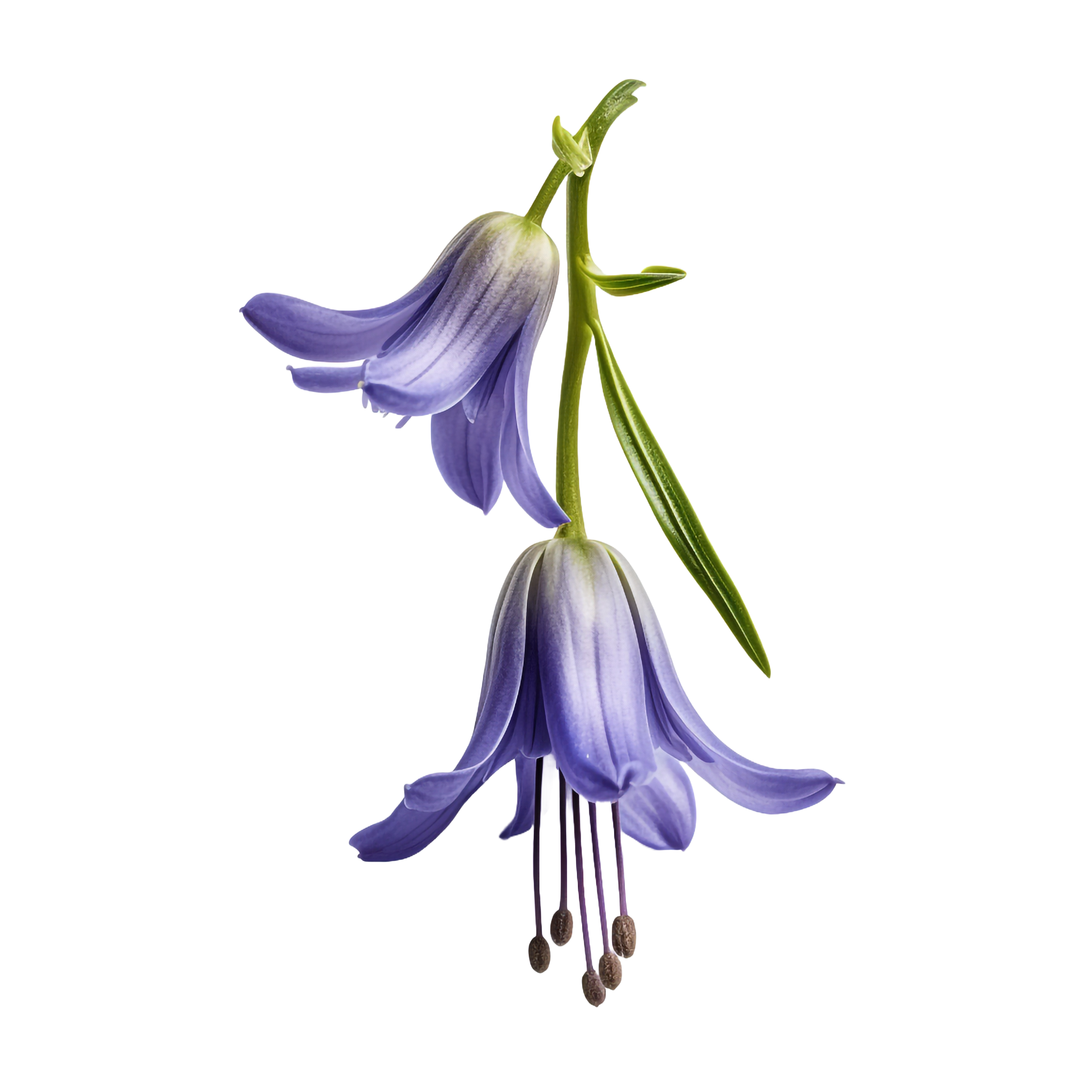
2. Crocuses

3. Primroses

Snowdrops are small, dainty bulbs that emerge in late winter, often pushing through the snow. Their delicate white flowers bring a sense of hope and renewal to the garden after the long winter months.
Another early bloomer, crocuses come in a variety of colors and can add a pop of brightness to your garden.
With their vibrant colors and low-growing habit, primroses are a great addition to flower beds and borders.
4. Onions

Planting onions in February can give them a head start on growing, leading to larger bulbs come harvest time.
5. Lettuce
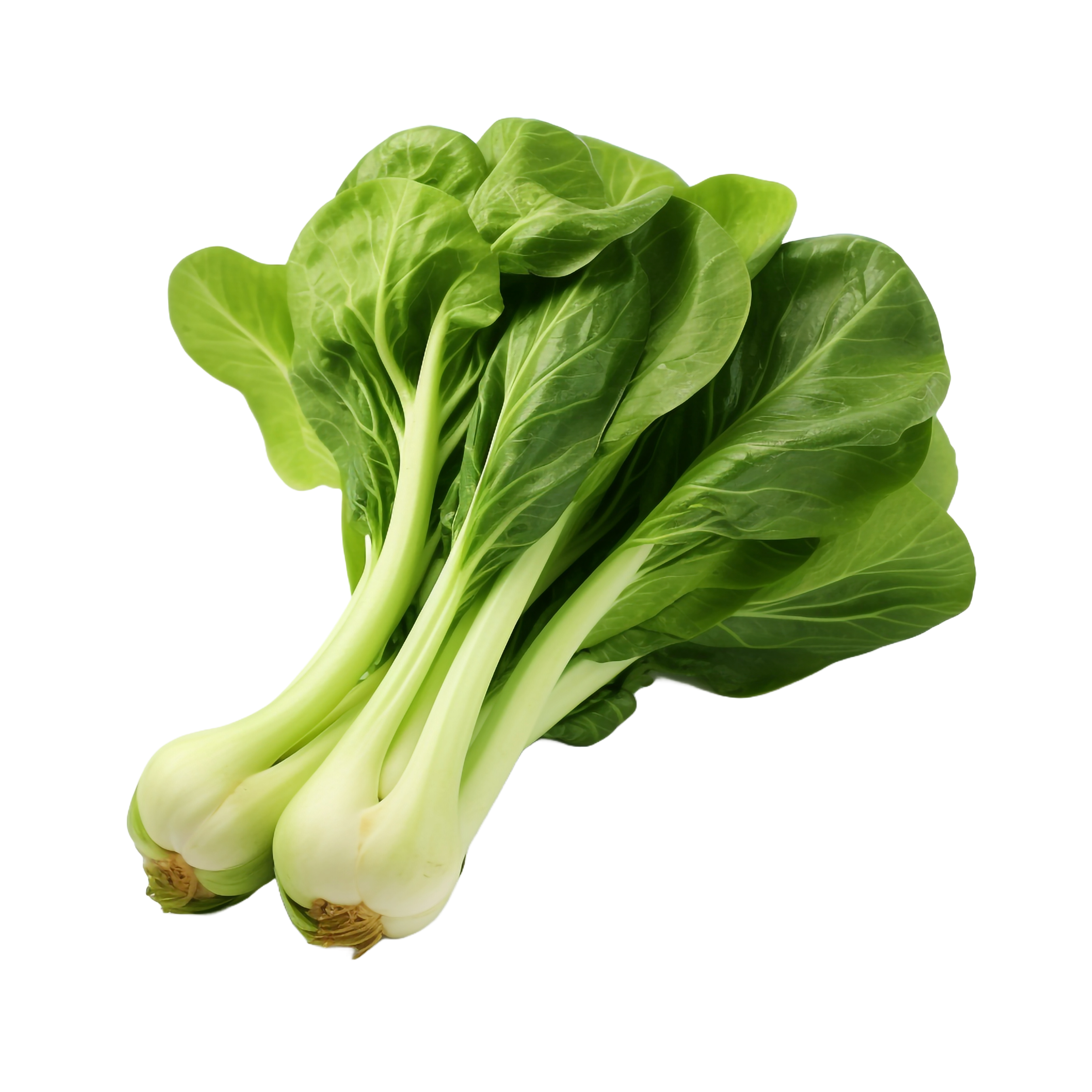
Cold-hardy lettuce varieties can be planted in February and will be ready to harvest in the spring.
6. Peas

Peas can be planted in February and will thrive in the cooler temperatures, producing a bountiful harvest in the spring.
Planting onions in February can give them a head start on growing, leading to larger bulbs come harvest time.
Cold-hardy lettuce varieties can be planted in February and will be ready to harvest in the spring.
Peas can be planted in February and will thrive in the cooler temperatures, producing a bountiful harvest in the spring.
7. Spinach
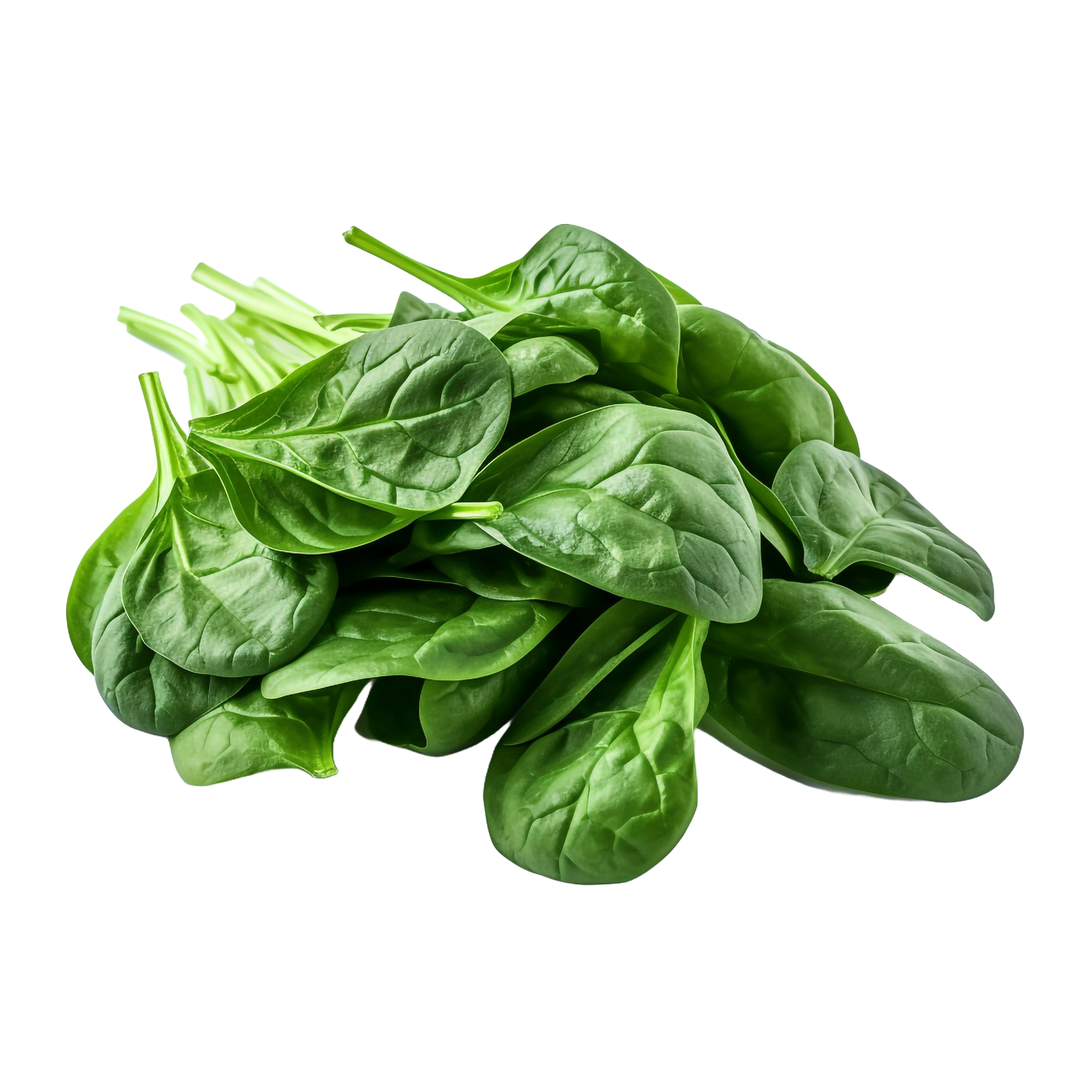
8. Rhubarb

9. Raspberry canes
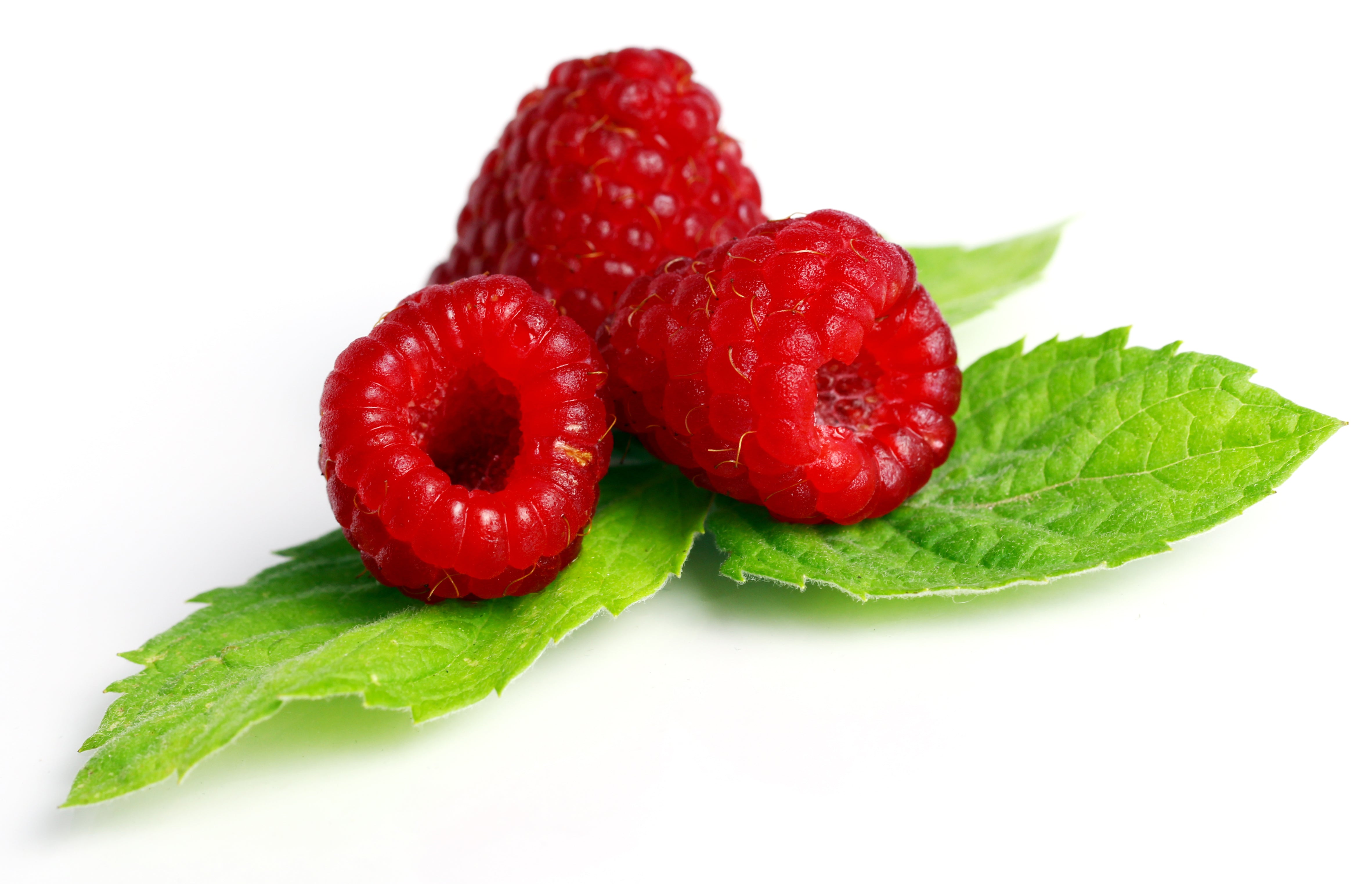
7. Spinach

8. Rhubarb

9. Raspberry canes

Another cold-hardy vegetable, spinach can be planted in February for an early spring harvest.
Cold-hardy lettuce varieties can be planted in February and will be ready to harvest in the spring.
Planting raspberry canes in February can give them a head start on establishing themselves and producing fruit.
Another cold-hardy vegetable, spinach can be planted in February for an early spring harvest.
Cold-hardy lettuce varieties can be planted in February and will be ready to harvest in the spring.
Planting raspberry canes in February can give them a head start on establishing themselves and producing fruit.
7. Spinach

Asparagus crowns can be planted in February, and while they may take a few years to mature, they will provide a bountiful harvest for many years to come.
7. Spinach

Asparagus crowns can be planted in February, and while they may take a few years to mature, they will provide a bountiful harvest for many years to come.
How to Care for February-Planted Plants
Once you've planted your February garden, it's important to care for your new plants properly. Watering is crucial, especially if the weather is dry, as the plants will need to establish strong roots. Mulching can also help to retain moisture and keep the soil cool. Additionally, keeping an eye out for any signs of pests or disease and addressing them promptly can help to ensure your plants thrive.
Conclusion
Planting in February can be a great way to get a head start on a beautiful spring garden. By choosing the right plants and caring for them properly, you can enjoy a bountiful harvest and a colorful, thriving garden come spring and summer. So, grab your gloves and trowel and get ready to start planting!






